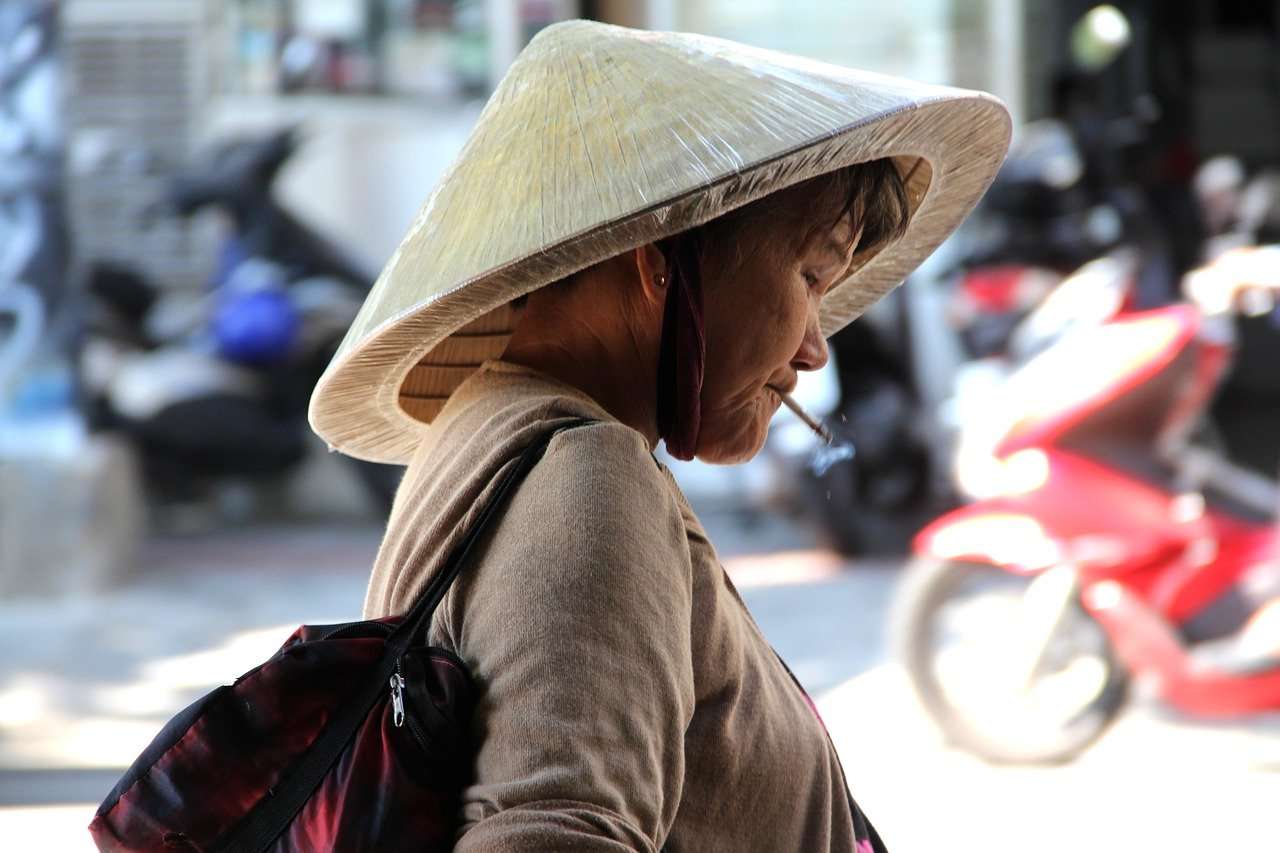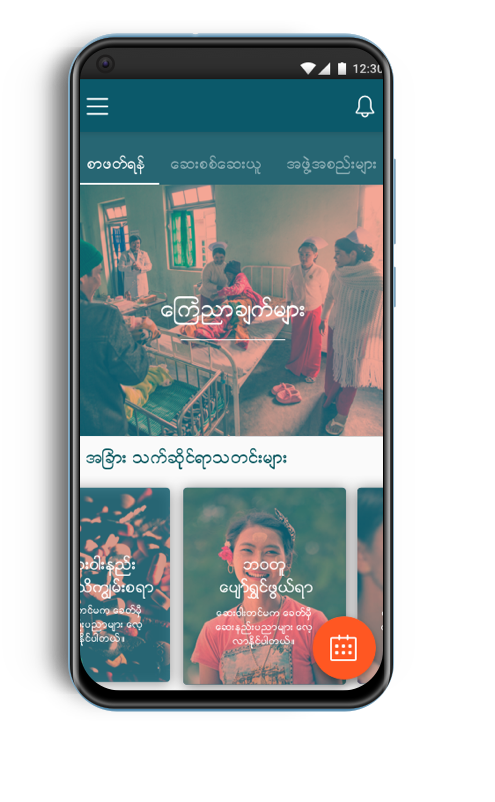Problem Statement
In this stage of the project, I studied the status of HIV-AIDS in Myanmar with the help of experts. I interviewed the case workers as well as researchers who have been working on the ground to assist with the cases. Here is a snippet of a study from 2012.
"Around 240,000 people were living with HIV-AIDS in Myanmar as of 2018. Approximately 70% of the infected people were reported to be receiving antiretroviral treatment (ART) and most of them have achieved viral suppression. Hence, the prevalence of HIV in the general population has been reduced to under 0.6 percent. However, the rate of infection remains high in some groups, such as female sex workers (4.8%), people who inject drugs (13.8%) and men who have sex with men (2.9%). "
UN STUDY OF 2012
With this in mind, Myanmar, as we know is a developing country with a lot of infrastructure needs. Meaning that accessibility to internet and technology literacy in the majority of the population is quite low, but most have a second hand working touch-screen mobile phones, and they use internet through toping up data with scratch cards. Time and effort spent in reaching to most of the communities take a lot of money and manpower since commute to one town to another would take more than a day due to the underdeveloped road conditions.
Therefore, I find that this mobile application HiPen has great potential to serve both the case workers and patients through accessing information with a touch of a button and reach to one another without having to spend a ton of time, money and effort.








